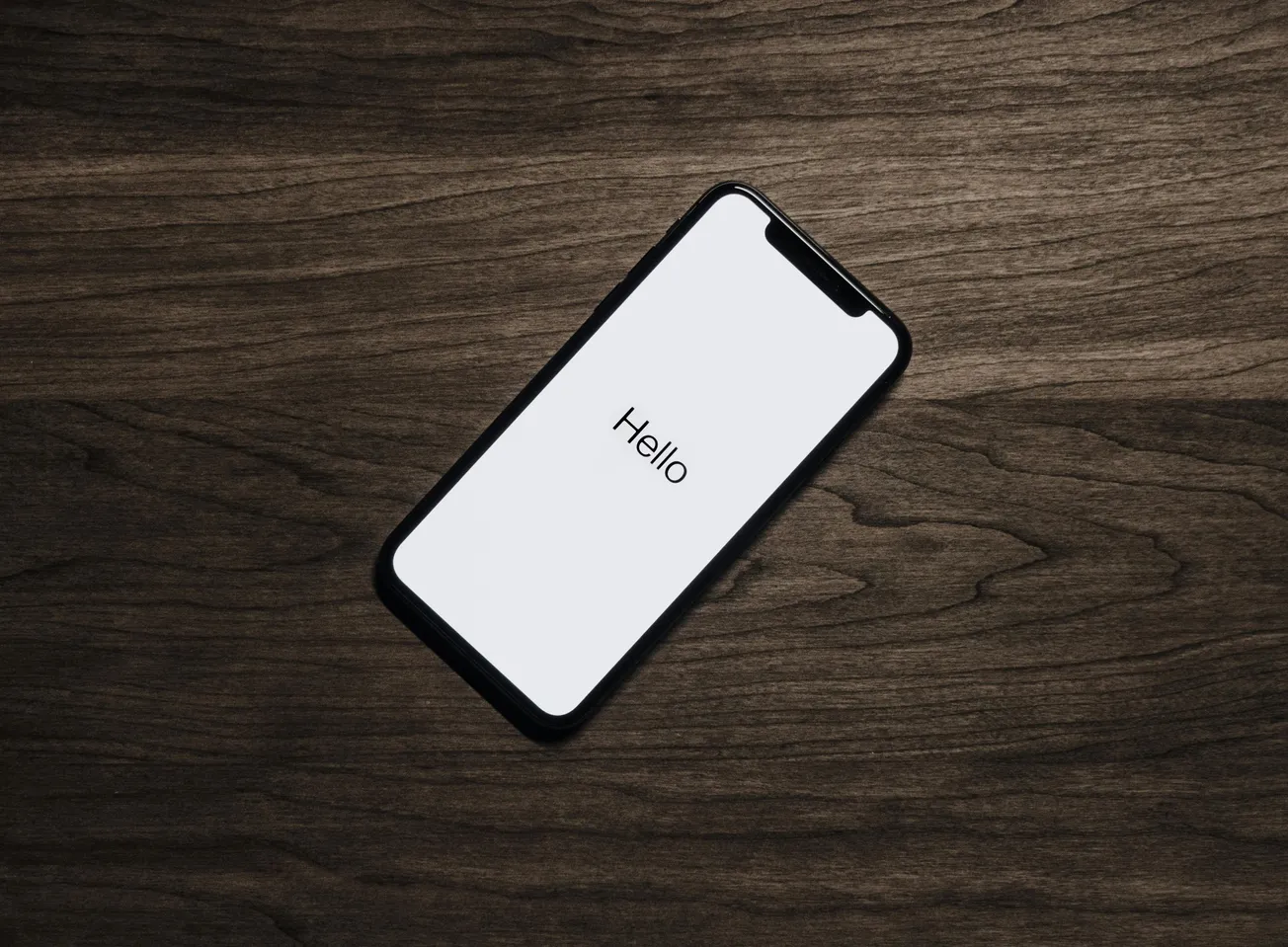In today’s fast‑paced digital ecosystem, a strong user experience (UX) isn’t just “nice to have” — it directly impacts engagement, conversions, brand trust and SEO performance.
According to NitroPack’s recent guide, measuring UX effectively requires tracking a blend of technical, behavioural and business metrics that reflect how users feel and act on your site.
What UX Really Covers
Good UX spans more than aesthetics. It includes:
- Technical performance, such as speed and stability of interactions.
- Content clarity & design structure, meaning users can understand your message and find what they need.
- Outcomes & satisfaction, meaning whether users can complete tasks and feel positive about the experience.
Key Metrics to Track
Here are some of the most actionable metrics brands should monitor:
- Core Web Vitals: These signal performance issues including the most visible content load (Largest Contentful Paint – LCP), interactivity (Interaction to Next Paint – INP) and layout shifts (Cumulative Layout Shift – CLS).
- Scroll depth & page engagement: How far users scroll, how long they stay, whether they interact meaningfully.
- Conversion & funnel abandonment: Are users completing the key journeys (checkout, signup)? If not, why?
- Satisfaction and sentiment: User feedback, Net Promoter Score (NPS), CSAT, support ticket volume — all show how users feel about the experience.
How to Act on the Data
Once you’re tracking metrics, do the following:
- Benchmark current values (e.g., LCP under 2.5 s is a target) and set improvement goals.
- Identify bottlenecks (e.g., high CLS, long INP) and target specific fixes: optimise images, reduce heavy scripts, simplify interactive flows.
- Monitor business impact after changes: Did conversion rate improve? Did support tickets drop?
- Continuously loop in both quantitative and qualitative data — metrics tell you what is happening, user comments tell you why.
Why It Matters for Retail & Omnichannel
For brands operating across online and physical channels, UX measurement becomes even more critical. A slow or confusing website damages digital loyalty just as much as a broken checkout in‑store.
By measuring UX holistically, retailers and suppliers gain clarity on where to invest, optimise and differentiate.







